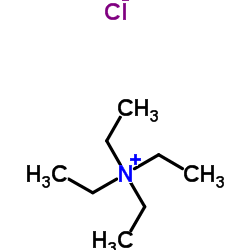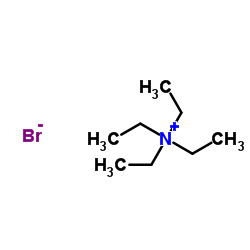| Structure | Name/CAS No. | Articles |
|---|---|---|
 |
Tetraethylammonium chloride
CAS:56-34-8 |
|
 |
Tetraethylammonium hydroxide
CAS:77-98-5 |
|
 |
Tetraethylammonium bromide
CAS:71-91-0 |